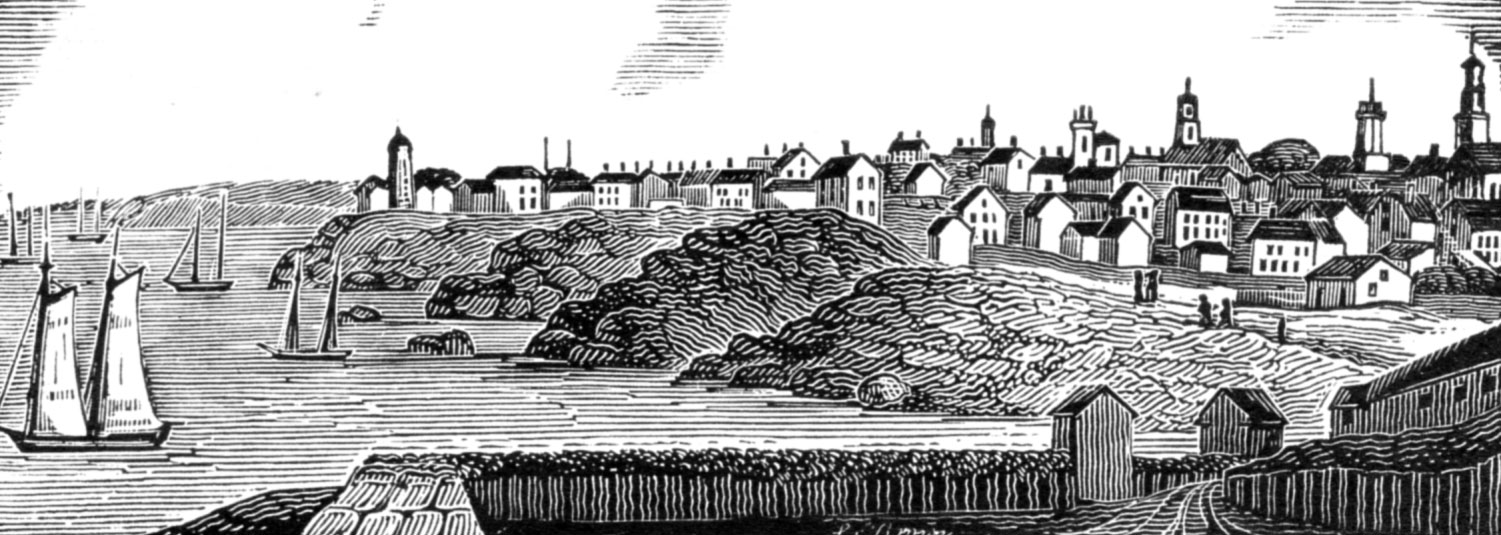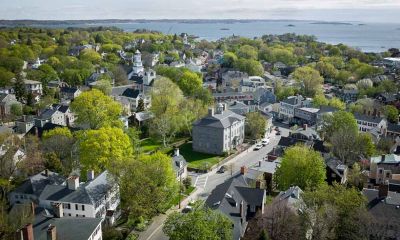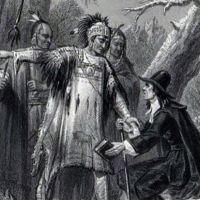The English who settled the Massachusetts Bay Colony created large towns out of the land they bought or negotiated from Native Americans. Acreage close to the town center was promptly subdivided into farms; settlers who came later were assigned lots farther away. When a town had as many households as its farm land could support, newcomers and the younger generation established new towns further west. So it was that Watertown "seeded" Sudbury in 1634; just 20 years later, Sudbury "seeded" Marlborough.
While new towns were being founded further inland, the coastal settlements were gradually breaking into smaller towns. Ipswich once included Hamilton and Essex. Newbury would in time divide into five towns. In 1635 Concord encompassed what we now know as Carlisle, Lincoln, Acton, and a part of Bedford. The stories of how new towns came to be are as varied as the people who created them, but few are as peculiar as that of Marblehead.
In 1635 Massachusetts Bay was just a fledgling colony. The clergymen who ran it were determined to preserve its unity, but they could not always control who settled where. The area of Salem known as Marblenecke or Marble Head was settled largely by men and women from the English counties of Cornwall, Devon, and Dorset, who had come there because the surrounding waters teemed with fish. One Marblehead historian describes the area as a "fishing station populated by hardy, plebeian colonists . . . with little or no religious motivation." Others have described Marblehead's first residents as a rough group with a fondness for hard liquor —a far cry from the pious Puritans of Salem.








